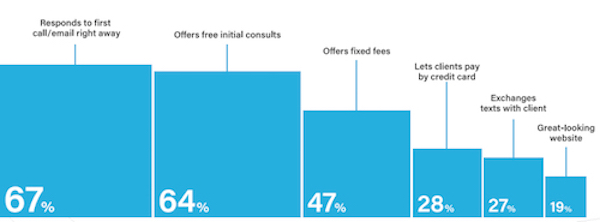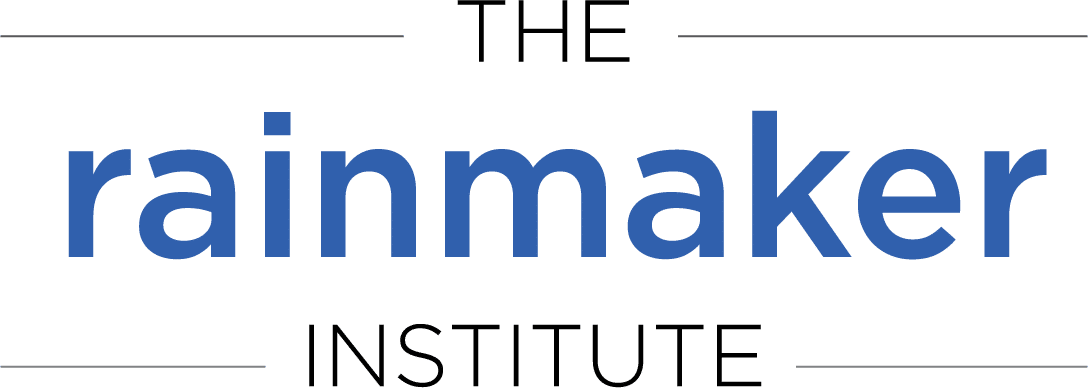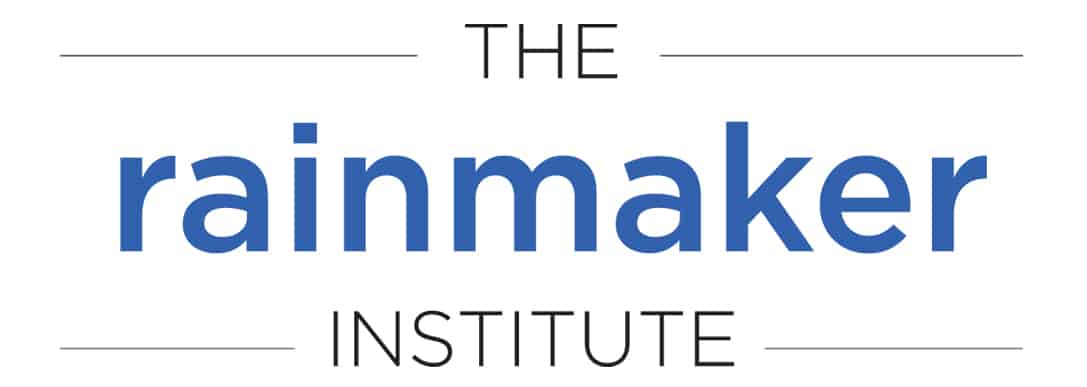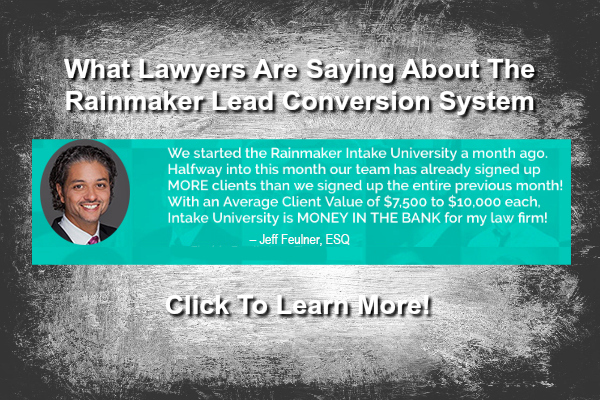Law firm practice management technology company Clio has just released its latest Legal Trends Report based on data from 60,000 active Ciio users in what it calls “the first-ever data-driven study of the legal industry.” Since the data comes from user statistics and not self-reporting, personal bias is eliminated, according to Clio.
Last year’s report was eye-opening as it revealed that attorneys spend only 28% of their day on billable tasks. This year, Clio also conducted a comprehensive survey of both Clio users and non-Clio users to find out more about how lawyers spend their day. In addition, the company surveyed 2,000 consumers to discover how they look for an attorney and what makes them choose one lawyer over others.
Clio reported on three critical key performance indicators: utilization rate, realization rate and collection rate. Here’s what they found:
Utilization rate: the average utilization rate was 29%, meaning that lawyers bill only 2.3 out of 8 hours every day. Up 1% from last year.
Realization rate: the average realization rate was 82%, which means that lawyers write off $18 for every $100 billed. Up 1% from last year.
Collection rate: the average collection rate was 86%, the same rate as last year.
So how are lawyers spending their unbillable time? Primarily in two areas:
Administrative tasks take up 48% of an attorney’s time that could be spent on billable work. This includes office administration, generating and sending bills, configuring technology and time spent on collections.
Business development accounts for 33% of an attorney’s time that could be dedicated to billable tasks.
So if lawyers are spending a third of their time chasing new business, is that time investment paying off? Unfortunately, according to the report, most firms have no idea. According to the survey, 54% of firms actively advertise but 91% cannot calculate an ROI for their investment and 94% have no idea how much it costs them to acquire a new client.
If these statistics are valid, then you are likely in the majority of attorneys who don’t know if they are getting a good return on their marketing investment or how much it costs to land a new client. This is where the report data on consumer legal services buying habits can be useful to you.
According to the report, this is how consumers find a lawyer:
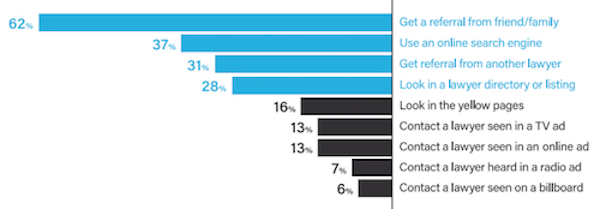
However, you can’t stop there. There are other factors that influence a consumer’s decision on which lawyer to choose:
